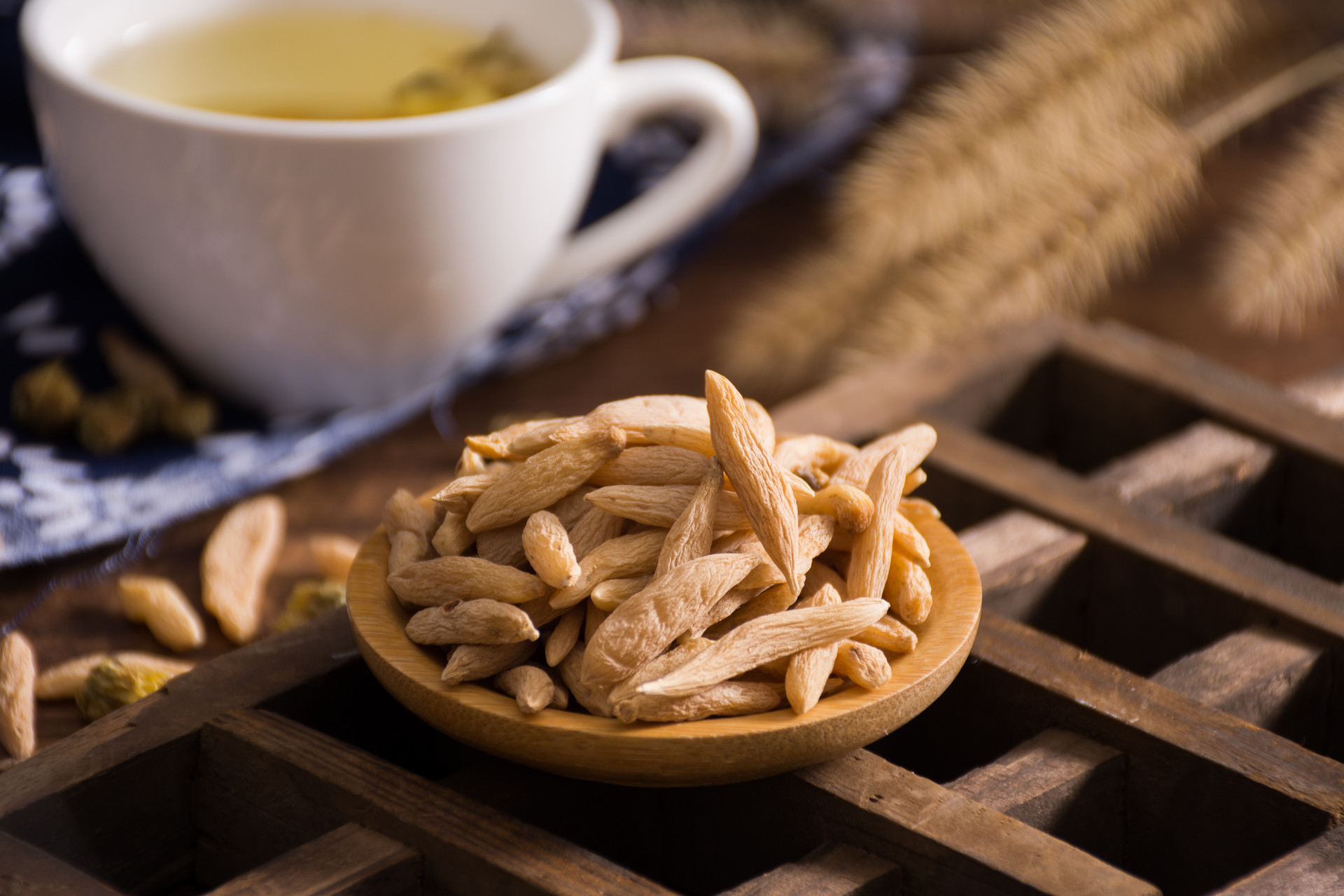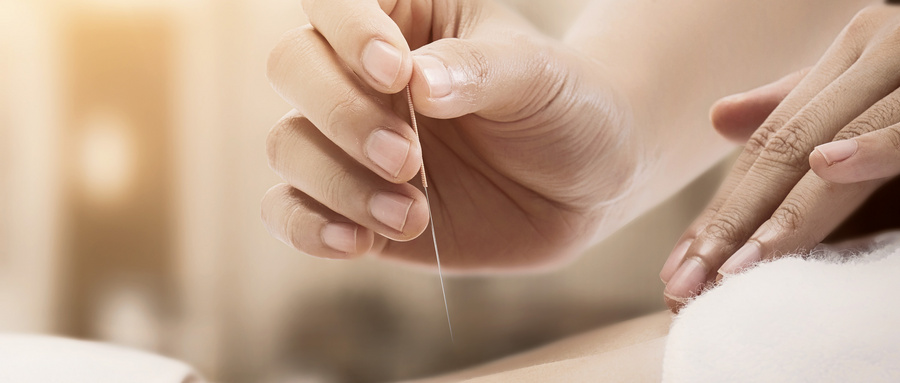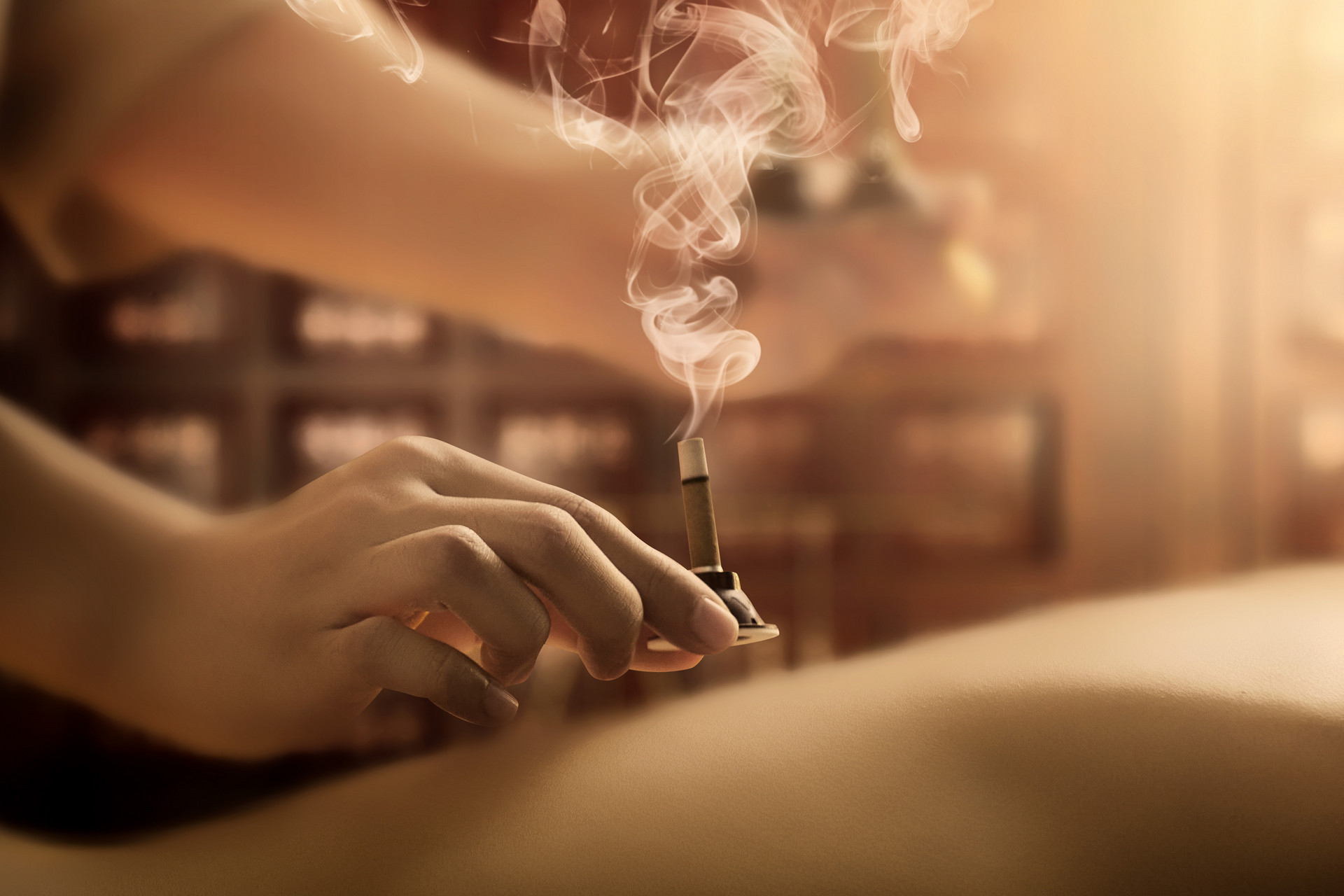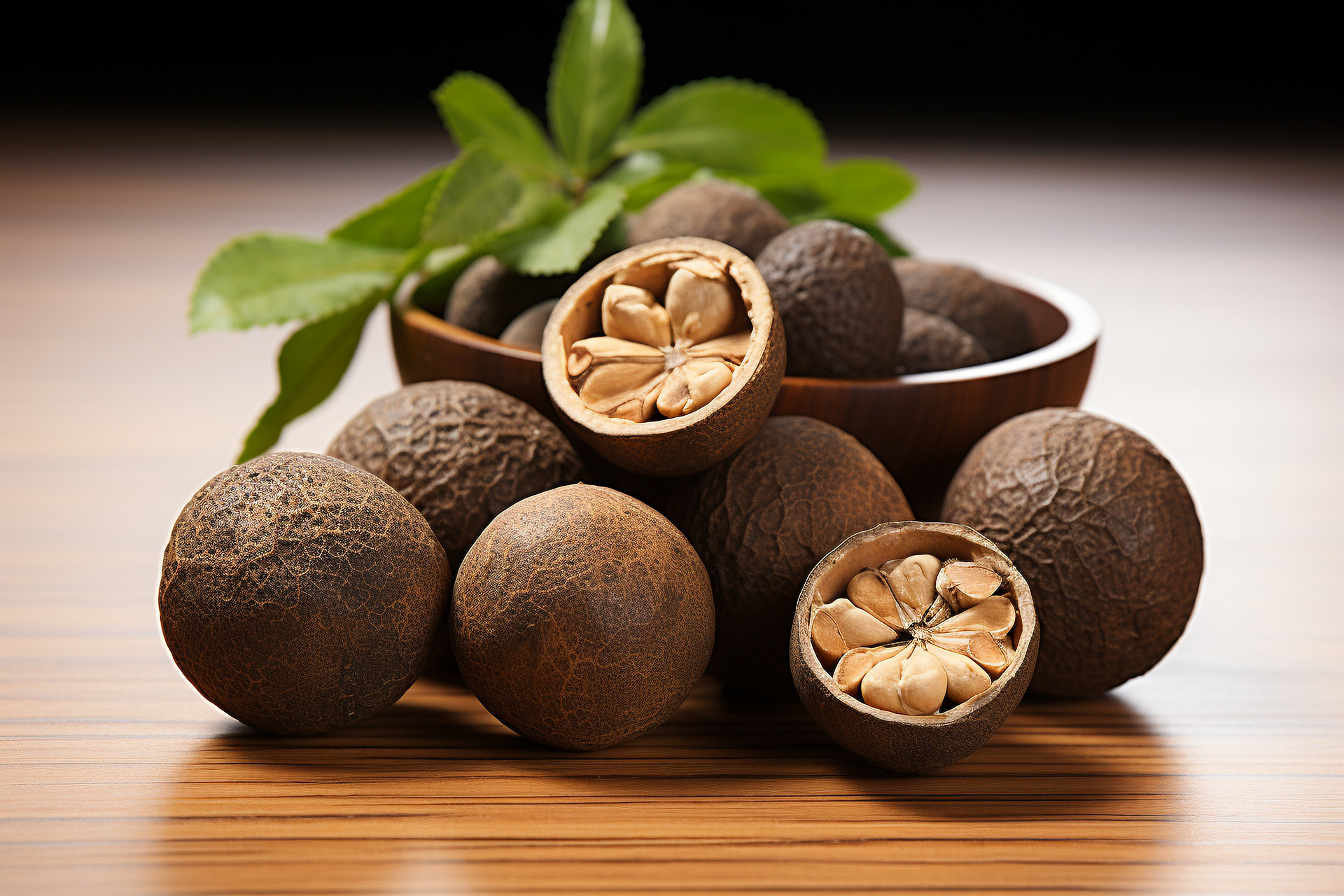
Dendrobium is a perennial herbaceous plant in the Orchidaceae family, with more than 70 species in China. Common varieties include Dendrobium chrysanthum, Dendrobium draconis, Dendrobium falcatum, etc. Some varieties are very similar in appearance and become even more difficult to distinguish after being processed into herbal medicine.
Many products on the market that claim to be made from Dendrobium are actually made from other varieties, and they are priced at several thousand yuan per kilogram. In fact, these cannot be called Dendrobium at most, but simply Dendrobium. They are first partially cooked with charcoal and then handcrafted, so it is difficult to distinguish whether the dried product is Dendrobium with or without "iron skin". In the market, they are all referred to as "Dendrobium", "herbal medicine", "Huoshan Dendrobium", "big Dendrobium", "Mi Dendrobium", "golden Dendrobium", etc. Apart from the huge difference in medicinal value, the price of "iron skin" Dendrobium is 200 to 300 times higher than that of other Dendrobium varieties. Therefore, it is necessary to introduce some identification methods of "iron skin" Dendrobium to help everyone when purchasing.
1. Look
First, look at the appearance. Generally, processed "iron skin" Dendrobium (also known as herbal medicine) will have a layer of fine hair on the surface, like white beard-like things, which are formed by the dried stem epidermal fibers.
Then look at the color. Genuine "iron skin" Dendrobium has a relatively high sugar content, so the color will be darker, appearing yellow-green or iron green, hence the name "iron skin". Dendrobium made from other varieties will have a purple color. There is a kind of false pseudo-bulb of Eustephia processed into Dendrobium, which has a particularly shiny surface and a fragrance when tasted. There is also a kind of Dendrobium processed from plants of the Dischidia genus such as Dischidia ruscifolia and Dischidia nummularia, which is small in appearance and has a particularly bright surface. It has a good appearance, but it is not genuine.
If "iron skin" Dendrobium is stored for a long time, the color will darken, but it will not turn black. Many people mistakenly believe that the darker the color, the better, and even consider black color as the best. As a result, dyed Dendrobium appeared in the market. In this case, you only need to knead it with damp hands a few times. If it is dyed, it will fade. If it has been waxed, it will have a reflective effect. Dendrobium rubbed with newspaper ash can be felt by hand, leaving a gray mark on the fingers.
2. Smell
Take one and smell it under your nose. It is slowly roasted with charcoal, so it should emit a faint grassy smell, not other odors. If you smell a strange odor, it is likely not "iron skin" Dendrobium or at least not of good quality.
3. Pull
Unroll the rolled-up "iron skin" Dendrobium and pull it from the middle to both sides. Generally, if it has a higher sugar content, it will be relatively "crisp". As long as you pull it gently, it will break from the middle. If you pull it for a long time and it doesn't break, it can be basically judged as fake "iron skin" Dendrobium.
4. Chew
There is a saying that describes the magic of "iron skin" Dendrobium as "it looks like a grass, but it tastes like a candy when chewed". What does this mean? Put one in your mouth and chew it. At first, it will feel dry and hard. You have to chew hard. As you chew, you will feel it becoming stickier and no longer as hard as when you first put it in your mouth. The texture is very good. In the end, almost the entire Dendrobium will melt in your mouth, leaving no residue. The bitterness, the presence of residue, and the amount of residue are important methods for testing the authenticity of "iron skin" Dendrobium. Especially when the appearance is difficult to distinguish, I chew one. No residue, not bitter, it is good.
5. Soak
The most easily confused variety with "iron skin" Dendrobium on the current market is the "purple skin" Dendrobium. This method is applicable to the identification of these two. Because both "iron skin" and "purple skin" do not have a bitter taste, and they have a sticky feeling when chewed. At this time, you can try soaking them. After soaking "iron skin" Dendrobium in hot water, the broth color will be light yellow, and the internodes will be less than 2 centimeters long. The broth color of "purple skin" Dendrobium will be light purple-red after soaking in hot water, and the internodes will be more than 2.5 centimeters long.











